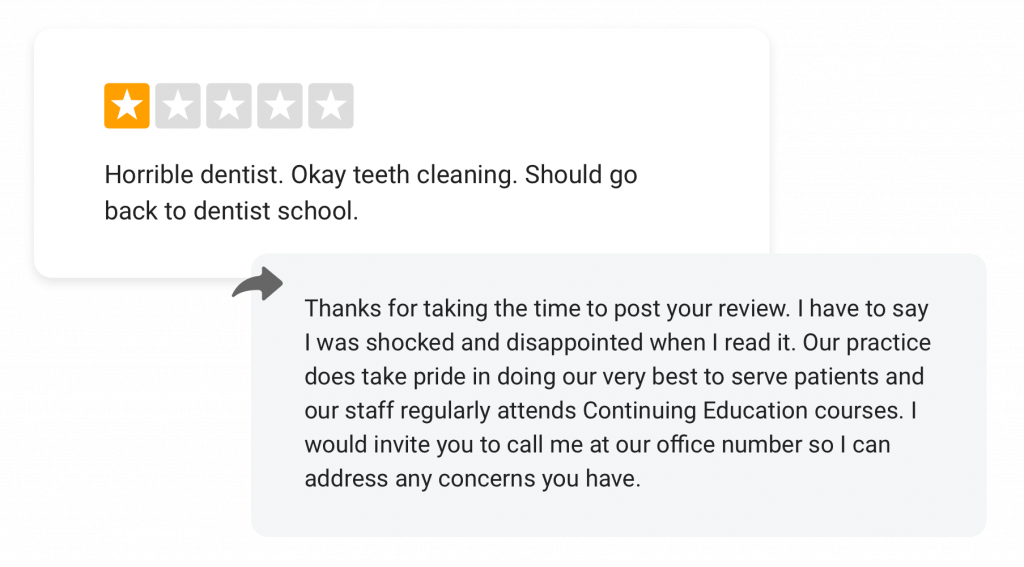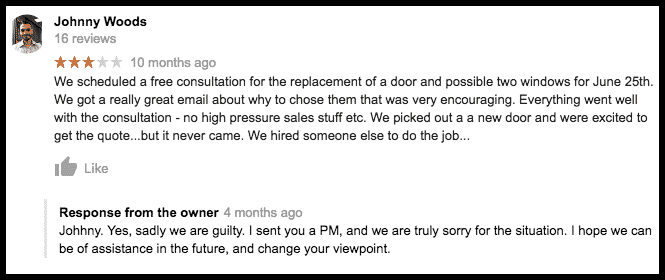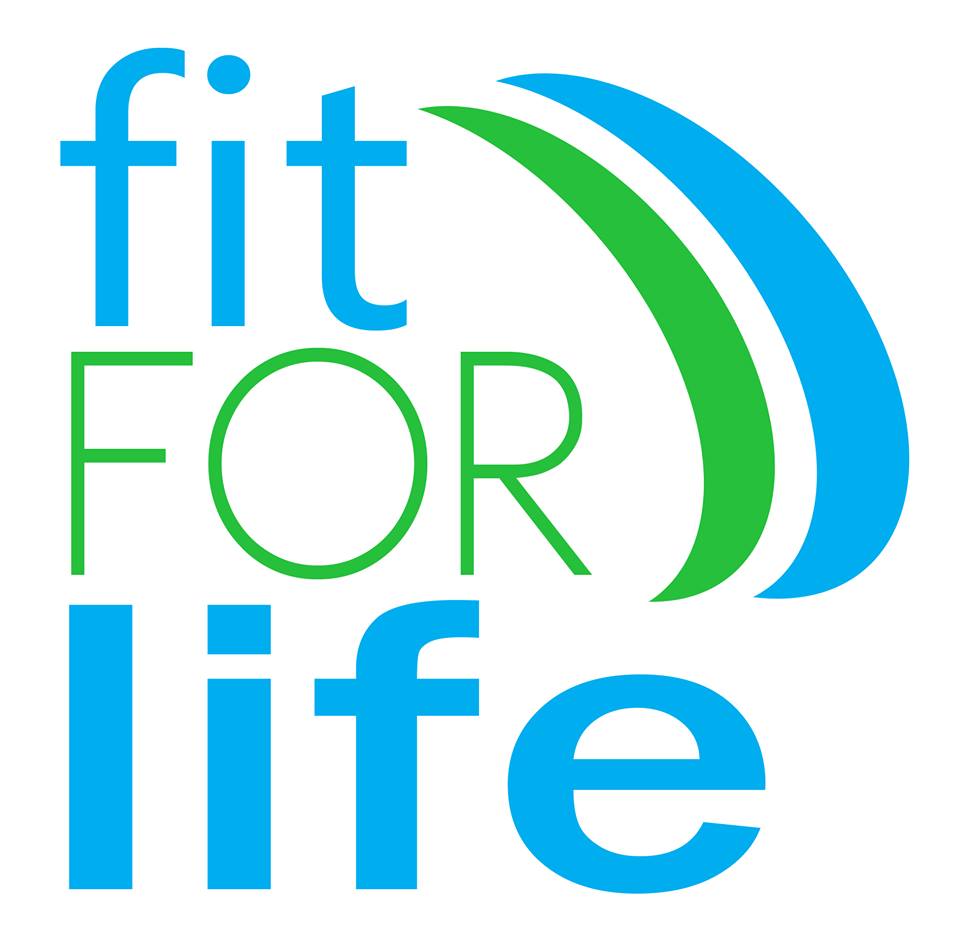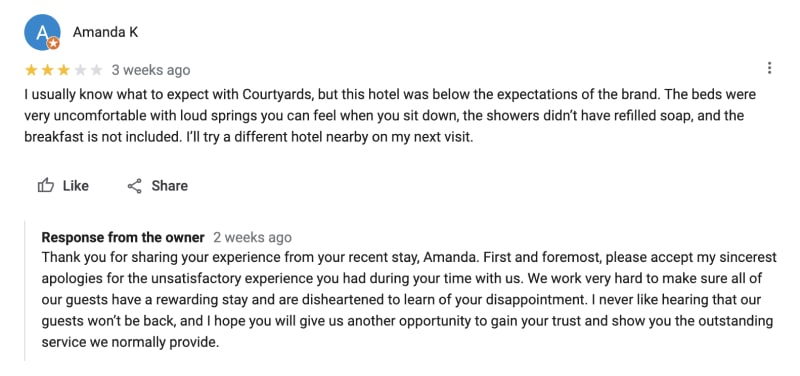Negative Reviews For Fit And Flexible For Life

Fit and Flexible for Life, a much-anticipated fitness program promising transformative results, is facing a wave of negative reviews, casting a shadow over its initial launch hype. Consumers are voicing concerns about the program's effectiveness, accessibility, and value for money.
The negative feedback raises questions about the program's methodology and whether it lives up to its ambitious marketing claims. This article will delve into the specifics of the criticisms, examining the key complaints and potential ramifications for both the program's reputation and the broader fitness industry.
A Flurry of Disappointed Customers
Since its release last month, Fit and Flexible for Life has garnered significant attention through social media marketing and celebrity endorsements. However, the initial enthusiasm has been dampened by a growing chorus of dissatisfied customers. Many users have taken to online forums and review websites to express their disappointment.
Several recurring themes have emerged from these negative reviews. These include complaints about the program's complexity, lack of personalized guidance, and allegedly inflated claims regarding weight loss and flexibility gains.
Key Criticisms: Program Structure and Effectiveness
One common complaint centers around the program's structured approach. Some users have described the exercises as too advanced for beginners.
“I was expecting a gentle introduction to fitness,” wrote one reviewer on a popular consumer review site. “But the program jumped right into demanding routines that left me feeling frustrated and discouraged.”
Others have criticized the lack of individualized attention. They argue that a one-size-fits-all approach is ineffective, especially for individuals with pre-existing health conditions or varying fitness levels.
Accessibility and Cost Concerns
Cost is another major point of contention. Fit and Flexible for Life is priced higher than many competing online fitness programs.
Some consumers feel that the cost is not justified by the program's content or results. They point to the availability of similar programs at a fraction of the price.
Accessibility issues have also been raised. Several users have reported difficulties accessing the program's online platform, experiencing technical glitches and slow loading times. This has further contributed to their negative experience.
Expert Opinions and Alternative Perspectives
While user reviews provide a valuable perspective, it’s important to consider expert opinions. So far, reactions from certified personal trainers and fitness professionals have been mixed. Some acknowledge the potential benefits of the program's underlying principles, while others question its overall design and execution.
Dr. Emily Carter, a registered dietitian and certified fitness specialist, reviewed the program. She states, "While the exercises themselves aren't inherently harmful, the lack of personalized guidance and the pressure to achieve rapid results could be detrimental for some individuals."
The American Council on Exercise recommends consulting with a qualified healthcare professional before starting any new fitness program. This advice underscores the importance of individualized assessment and guidance, especially when dealing with pre-existing conditions.
Impact and Future Implications
The negative reviews surrounding Fit and Flexible for Life could have significant repercussions for the program's success and the broader online fitness industry. A damaged reputation can lead to decreased sales and a loss of consumer trust.
The controversy surrounding the program serves as a reminder of the importance of realistic expectations and personalized fitness approaches. Consumers are becoming increasingly savvy and discerning, demanding evidence-based programs and transparent marketing practices.
The long-term impact of these negative reviews remains to be seen. The developers of Fit and Flexible for Life may need to address the concerns raised by users and make adjustments to the program's content and delivery. Failure to do so could result in further erosion of consumer confidence and a decline in the program's popularity.
Conclusion
The initial excitement surrounding Fit and Flexible for Life has been overshadowed by a wave of negative reviews. These reviews highlight concerns about the program's structure, effectiveness, accessibility, and cost. While the program may offer potential benefits, the lack of personalized guidance and allegedly inflated claims have left many users feeling disappointed.
The future of Fit and Flexible for Life hinges on the developers' ability to address these concerns and adapt the program to meet the needs of a diverse consumer base. Transparency, realistic expectations, and individualized attention will be crucial for regaining consumer trust and achieving long-term success in the competitive online fitness market.


















